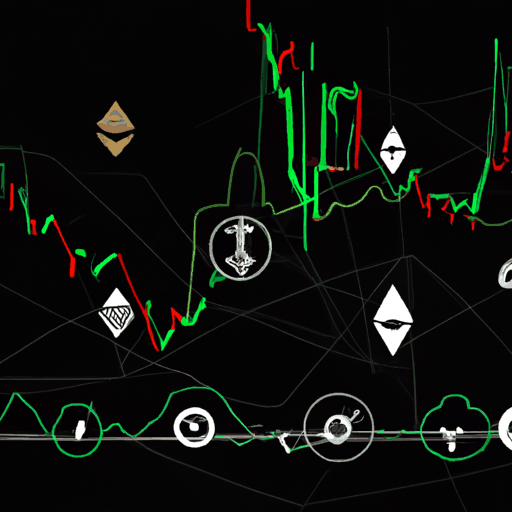
Learn Concept: Wrapped Tokens and Their Role in Crypto Ecosystems
By: Eliza Bennet
Wrapped tokens play a crucial role in the cryptocurrency landscape, providing enhanced liquidity and interoperability across different blockchain ecosystems. Recently, Coinbase's launch of wrapped tokens for Cardano (cbADA) and Litecoin (cbLTC) on its Base layer-2 network highlights the strategic importance of these digital assets.
Wrapped tokens are essentially a representation of a cryptocurrency from a non-native blockchain, encapsulated to be used on another blockchain. For example, cbADA and cbLTC represent Cardano and Litecoin but are used within the Ethereum network through Coinbase's Base layer-2. Wrapped tokens maintain a 1:1 peg with the underlying asset, ensuring that for every cbADA or cbLTC issued, there is equivalent ADA or LTC held securely in reserve by Coinbase.
This mechanism allows users to enjoy the advantages of speed and lower transaction costs offered by layer-2 solutions, alongside participating in smart contracts and decentralized finance (DeFi) applications that wouldn't otherwise support their native assets. It enables the seamless operation across blockchain platforms, enhancing liquidity by enabling different assets to be utilized in a wide array of financial applications across networks.
The security, transparency, and trustworthiness of wrapped tokens are ensured through proof-of-reserves, where the custodian discloses wallet addresses holding the underlying assets. This transparency ensures that the issuance of wrapped tokens maintains the promised 1:1 parity with the original digital asset, thus securing trust among investors and users.
The introduction of wrapped tokens like cbADA and cbLTC by major exchanges such as Coinbase exemplifies the operational benefits and growing adoption of cross-chain solutions, ultimately aiding in increasing the fluidity of cryptocurrencies throughout multiple networks and expanding the utility of various blockchain ecosystems.



